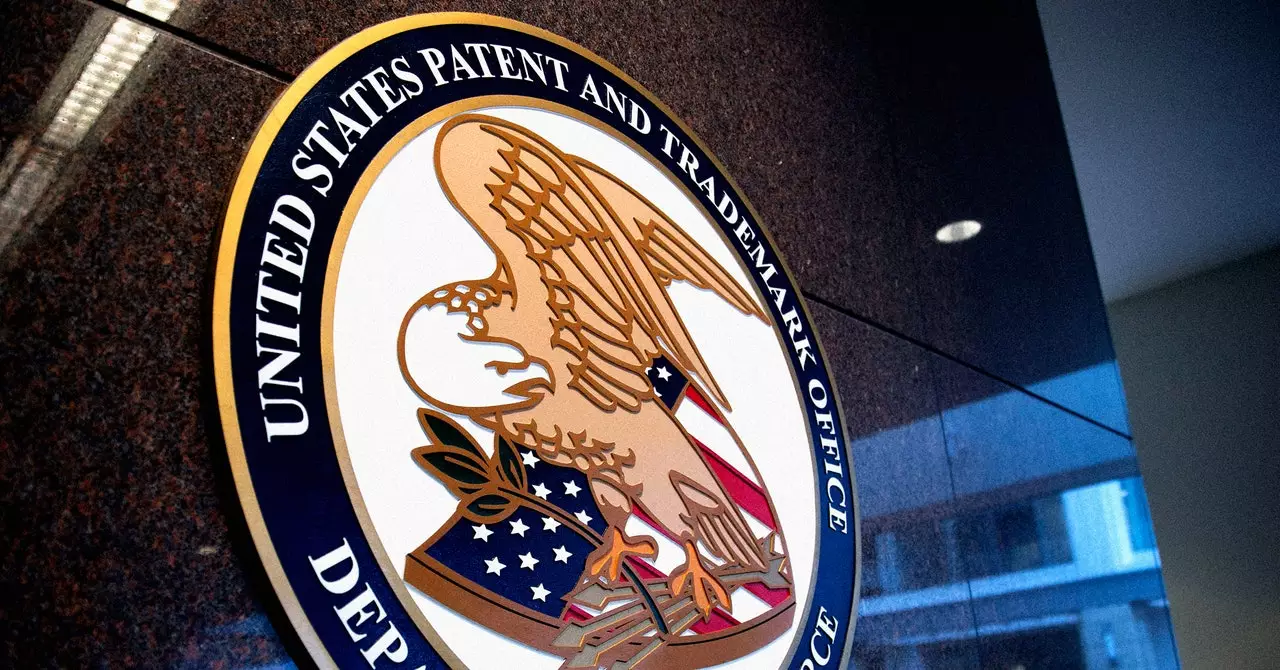The landscape of artificial intelligence is evolving at a breathtaking pace, offering a plethora of capabilities that can transform various sectors. However, this rapid advancement ushers in a wave of apprehension, particularly within governmental institutions tasked with safeguarding public interests. The United States Patent and Trademark Office (USPTO) offers a prime example of this delicate balancing act between embracing innovation and exercising caution. In an internal memo revealed by WIRED in April 2023, the USPTO elucidated its firm restriction against the use of generative AI among its personnel due to significant security concerns encompassing bias, unpredictability, and potential malicious activity.
Jamie Holcombe, the chief information officer at the USPTO, affirmed the agency’s commitment to innovation while emphasizing the need for a deliberate approach to integrating new technologies within its operations. This dual focus is critical; Holcombe’s memo indicates that while the agency is eager to leverage generative AI capabilities, they recognize the inherent risks associated with this technology. The sentiment is clear: the USPTO is not resisting progress but rather aiming to navigate the intricate waters of AI adoption in a method that prioritizes security and ethical considerations.
Controlled Environments and Workflow Limitations
While the USPTO prohibits the use of generative AI tools like OpenAI’s ChatGPT for official tasks, it allows controlled experimentation within a designated AI Lab. This initiative allows employees to explore the capabilities and limitations of generative AI in a secure environment, fostering an understanding that could eventually inform responsible use in actual workflows. Paul Fucito, who serves as the press secretary for the agency, articulated this conditional approach by noting that employees can employ certain AI applications designed specifically for internal testing and prototyping purposes. Nevertheless, the cautionary measures underscore a fundamental concern regarding reliability and accountability within a governmental context.
AI Deployments: The Tug of War Within the Government
The challenges faced by the USPTO echo larger tales of hesitation and adaptation in various government departments. For instance, the National Archives and Records Administration (NARA) mirrors this cautious approach by prohibiting the use of generative AI on government-issued devices, despite hosting discussions that advocate for embracing such technologies. The dichotomy within NARA’s actions points to a broader inconsistency in how government agencies perceive and interact with generative AI. This inconsistency showcases the challenges of creating standardized protocols in an environment already burdened by bureaucracy.
In a candid moment during a Google-sponsored seminar, Holcombe lamented the bureaucratic impediments that hinder technological adoption within government agencies. He asserted that the operational constraints imposed by traditional procurement, budgeting, and compliance protocols often stifle the capacity for rapid innovation. Such reflections suggest that, while excitement for AI’s potential exists, systemic structures remain a significant hurdle to effective implementation, creating a chilling effect on transformative projects.
Broader Applications and Contrasting Perspectives
Different governmental entities have displayed varying degrees of openness to generative AI applications. NASA, for instance, exhibits a pragmatic approach by banning AI chatbots from handling sensitive data while exploring the technology for coding and research summarization tasks. Their collaborative initiatives, such as leveraging Microsoft’s AI capabilities to enhance satellite data accessibility, reveal a nuanced understanding of generative AI’s potential when responsibly harnessed.
A Path Forward: Navigating the Future of AI in Government
As the USPTO and other governmental organizations deliberate on their policies governing AI use, a central question emerges: how can innovation and responsibility coexist in an era defined by transformative technology? The path forward requires a strategic yet flexible framework that allows for experimentation while safeguarding public interests. Acknowledging generative AI’s dual-edged nature, agencies must commit to ongoing risk assessment and education, ensuring that novel approaches are informed by best practices and ethical considerations.
The case of the USPTO highlights a crucial moment in the intersection of technology and governance. By cautiously exploring generative AI within a controlled framework, the agency sets a precedent that other government bodies may well follow. The future of artificial intelligence in the public sector hinges not only on technological advancements but also on thoughtful and deliberate governance that prioritizes the safety and integrity of the systems we build.


Leave a Reply